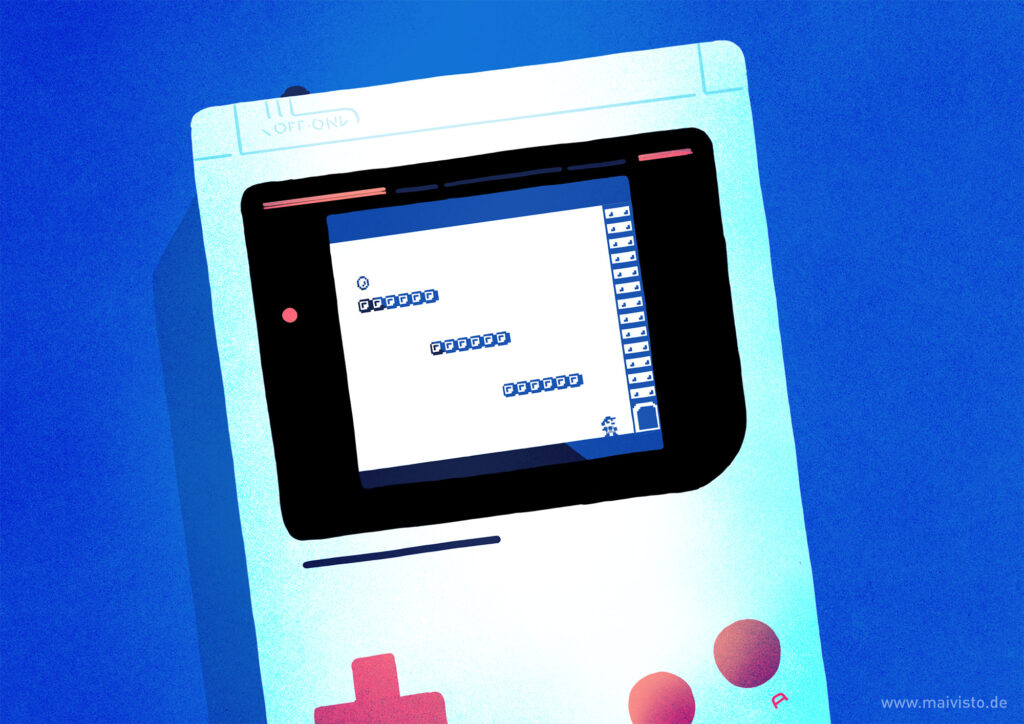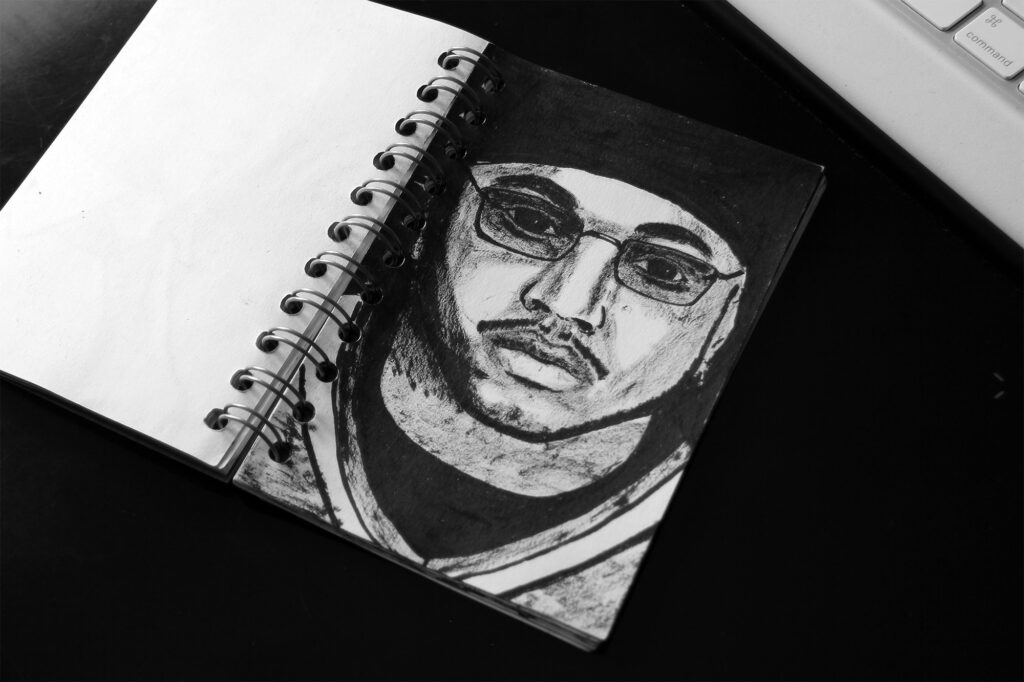When we were at school, we read books, learned different subjects such as math or languages, and did the sports we had to do. School education is a foundation. It’s where we first learn about our strengths and interests.
But when we graduate from school, a new chapter opens. Perhaps it is the most important in our life because now we begin to set the course for our future. It is crucial to be active, take up the reins, be curious, and break old habits, which open up unimagined paths full of adventure. To conquer these, we just must not stand still but keep moving.
The school conditions us to deal with things that do not touch or interest us, however helpful they may be in our lives. From now on, it’s 100% about us. We don’t read what we’re supposed to. We read what we want. We still continue to learn every day, but we focus on what excites us. We occupy ourselves with the things that are important to us, that make us happy, and that gives us a sense of purpose. We try out everything and remain open to the unexpected. And above all, we find the courage to stop doing things if they don’t enrich our lives. A conscious no gives us the most valuable currency we have— time.
In school, I was used to reading books to the end. This compulsion has been hard-wired into me for a long time. Today, if I start a book and realize after a while that the content doesn’t excite me or is irrelevant, I abandon it. That doesn’t mean it’s poorly written or can’t be of value to other people. For me, it’s not enriching, and that’s ok. The fact that I could decide this for myself without consequence felt unusual at the beginning and took a little while.
The same goes for movies, events, video games, and sports. When we feel something isn’t touching us, let’s break it off and look for the things that won’t let us go instead.

